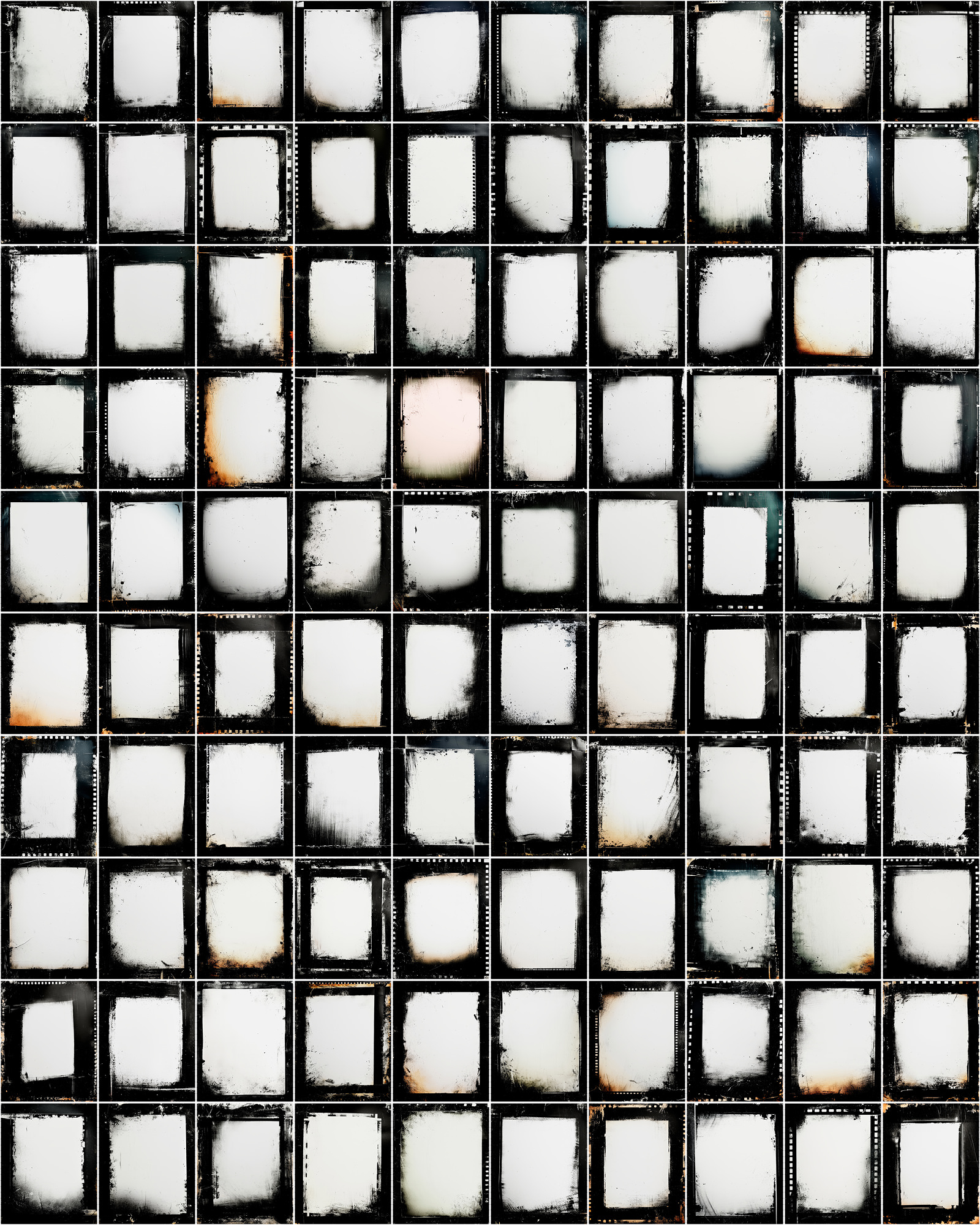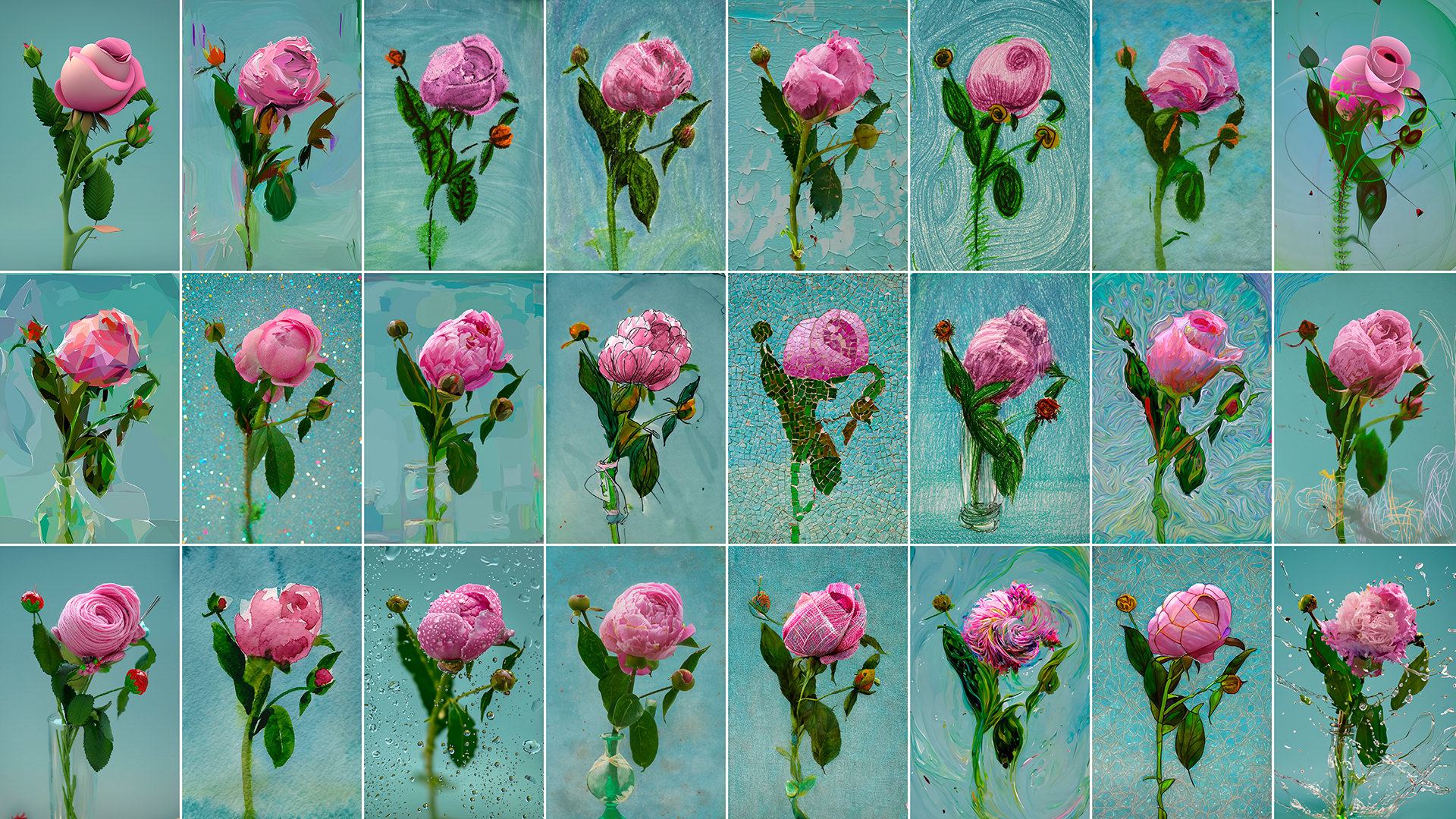Today I tested out the Canon 85mm f/1.2L and 50mm f/1.2L lenses. I thought I’d share some initial thoughts on the 85mm (I’ll post more on the 50mm tomorrow).
My first reaction to the lens is that it’s pretty heavy and it’s got a lot of glass in it. Looking straight at the front of the lens it almost looks like there is nothing BUT glass in the lens, which is always a good thing.
I wanted to use the lens in an environment that I shoot in often, so I styled a sandwich and put the lens to the test. I shot this photo on a tripod and wanted to see the difference between it’s widest aperture (f/1.2) and the aperture I shoot most often (f/4). The depth of field at its widest aperture was way too shallow for my taste when shooting food (see the two images on the left) and it also introduced a significant amount of chromatic aberration (a.k.a. “purple fringing”) around the in-focus area.
Another thing I noticed was that I couldn’t get in close enough. I like be able to get in tighter on my food shots and the image above shows the closest distance I could get in on this subject. I don’t want to get in “macro” close, but just enough so I can highlight different parts of the food instead of showing the entire plate.
Now, this isn’t a complete and scientific review, it’s just a few observations I made while shooting today. I’ll share my thoughts on the 50mm f/1.2L in tomorrow’s post.
Aperture: f/1.2
- Canon 7D, Canon 85mm f/1.2L lens ISO 100, 1/1250 sec at f/1.2
- Canon 7D, Canon 85mm f/1.2L lens ISO 100, 1/1250 sec at f/1.2
Aperture: f/4
- Canon 7D, Canon 85mm f/1.2L lens ISO 100, 1/125 sec at f/4
- Canon 7D, Canon 85mm f/1.2L lens ISO 100, 1/125 sec at f/4
Today I tested out the Canon 85mm f/1.2L and 50mm f/1.2L lenses. I thought I’d share some initial thoughts on the 85mm (I’ll post more on the 50mm tomorrow).
My first reaction to the lens is that it’s pretty heavy and it’s got a lot of glass in it. Looking straight at the front of the lens it almost looks like there is nothing BUT glass in the lens, which is always a good thing.
I wanted to use the lens in an environment that I shoot in often, so I styled a sandwich and put the lens to the test. I shot this photo on a tripod and wanted to see the difference between it’s widest aperture (f/1.2) and the aperture I shoot most often (f/4). The depth of field at its widest aperture was way too shallow for my taste when shooting food (see the two images on the left) and it also introduced a significant amount of chromatic aberration (a.k.a. “purple fringing”) around the in-focus area.
Another thing I noticed was that I couldn’t get in close enough. I like be able to get in tighter on my food shots and the image above shows the closest distance I could get in on this subject. I don’t want to get in “macro” close, but just enough so I can highlight different parts of the food instead of showing the entire plate.
Now, this isn’t a complete and scientific review, it’s just a few observations I made while shooting today. I’ll share my thoughts on the 50mm f/1.2L in tomorrow’s post.
Aperture: f/1.2
- Canon 7D, Canon 85mm f/1.2L lens ISO 100, 1/1250 sec at f/1.2
- Canon 7D, Canon 85mm f/1.2L lens ISO 100, 1/1250 sec at f/1.2
Aperture: f/4
- Canon 7D, Canon 85mm f/1.2L lens ISO 100, 1/125 sec at f/4
- Canon 7D, Canon 85mm f/1.2L lens ISO 100, 1/125 sec at f/4

Nicole is a photographer, published author, and educator specializing in Lightroom, Photoshop, and photography. She is best known for her books on food photography but is widely versed in various photographic genres, including landscape, nature, stock, travel, and experimental imagery.

















Good to know. I didn’t expect ca though. Can 85mm 1.8 get closer?
Did you eat the sandwich afterwards?
For what the 85mm f/1.2 costs, I would expect it to have no CA. That’s somewhat disappointing. Not that I’m in a position to drop that kind of cash on an 85mm right now…
I use 135 f/2 for portrait. 85mm seems to by much more useful, but it costs too much:(
Lovely sandwich shot and very useful lens review! Thank you for sharing your experience.